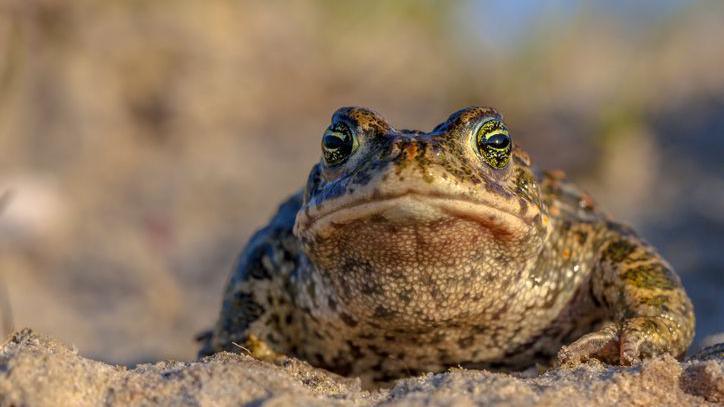Snails that need protecting because they are 'so beautiful'
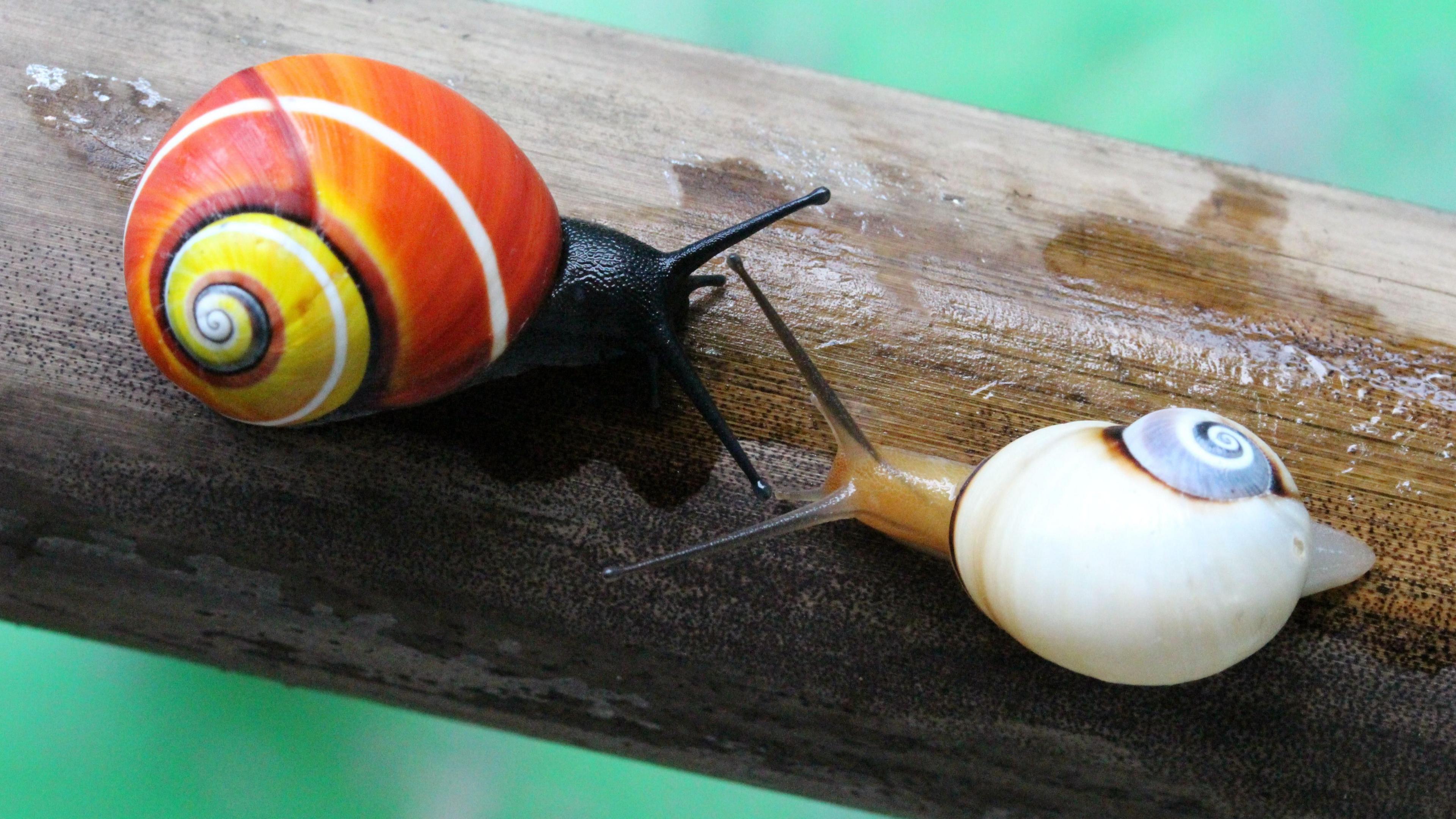
- Published
These snails are certainly more colourful than the ones we tend to see in our gardens in the UK, but it's their beauty that has put them at risk of extinction.
The Polymita tree snail is endemic to Cuba, which means they're found there.
The endangered molluscs have vibrant and colourful patterned shells that make them desirable for people to collect and sell.
Conservation experts say the shell trade is pushing this species towards extinction, so they're on a mission to save them and learn their biological secrets.
More molluscs over here
Slimey survivors arrive at safari park
- Published29 April
Tiny snail found in wild for first time in 40 years
- Published26 September 2024
1,300 tiny endangered snails released on remote Atlantic island
- Published29 December 2024
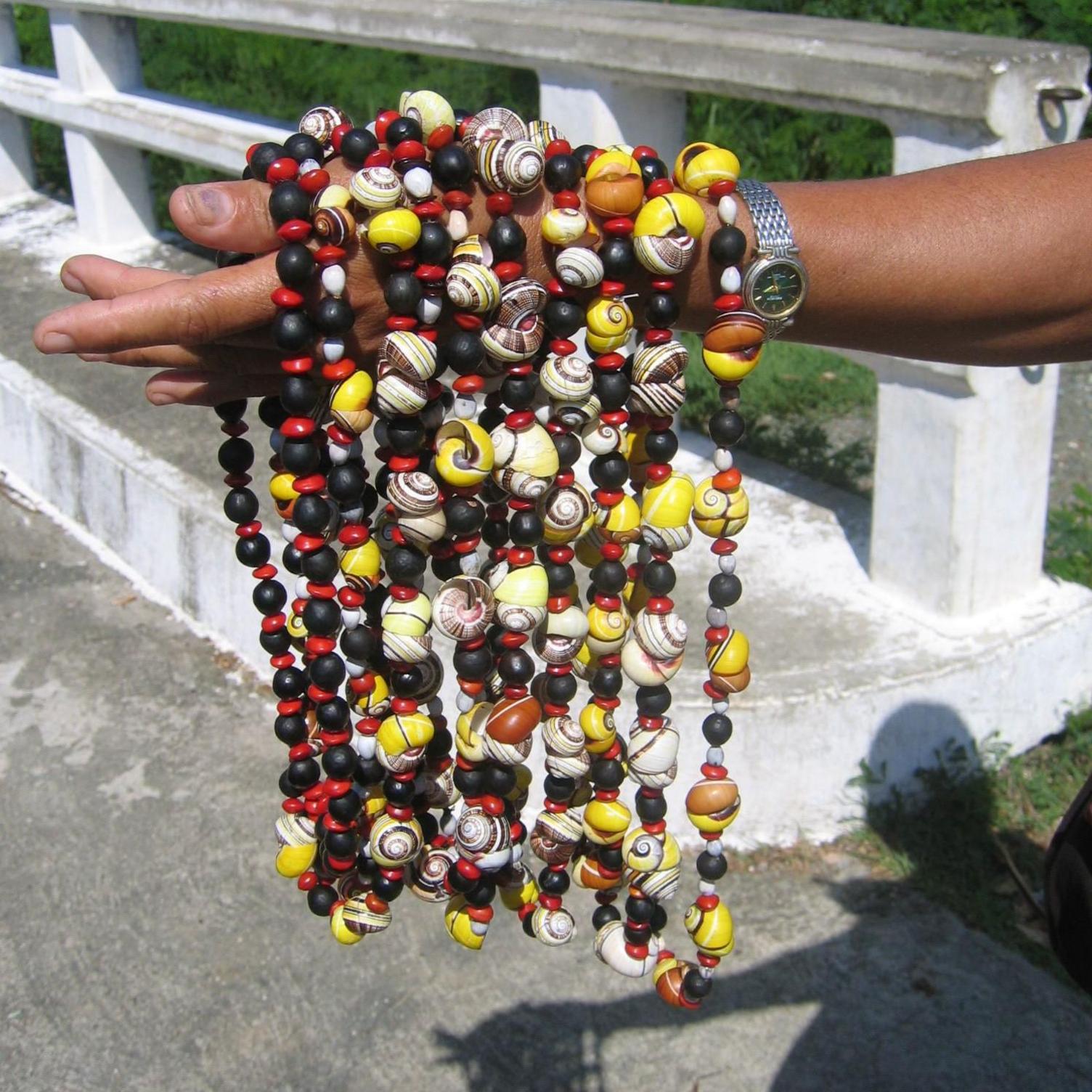
There are rules in place to try and protect Polymita shells, but they're difficult to enforce
There are six known species of Polymita in Cuba, and all of them are at risk.
The most endangered is the Polymita sulphurosa, which is lime green with blue flame patterns around its coils and bright orange and yellow bands across its shell.
Shells are bought and sold as decorative objects, but every empty shell was once a living animal.
Not only are their shells collected for trade, but also their native forest habitat in Eastern Cuba is being affected by climate change and forest loss.
Now scientists from Cuba and the University of Nottingham are teaming up to try and save the species.
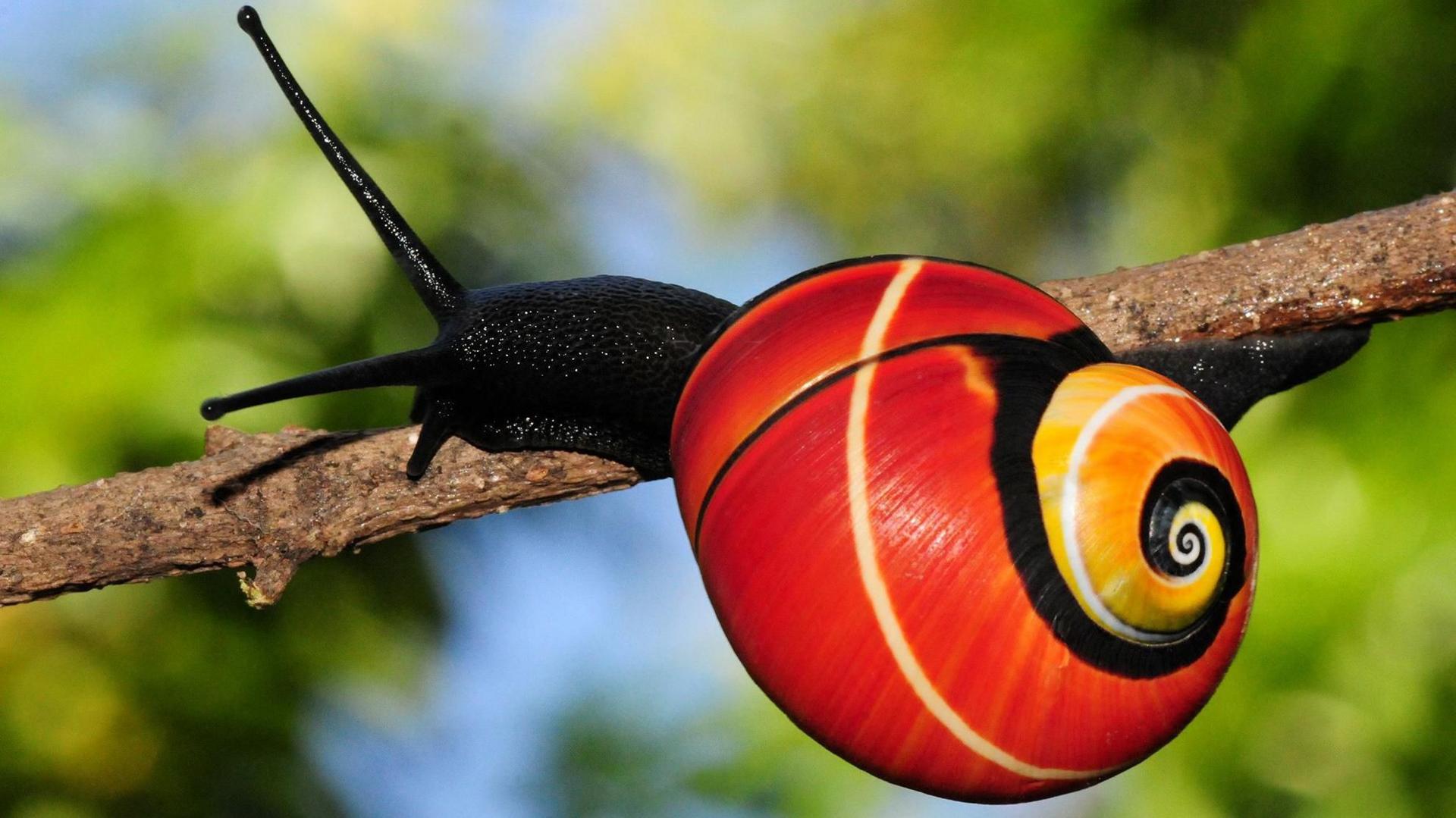
A Polymita snail in its native forest habitat in Eastern Cuba
The biologists are curious as to how and why the snails have evolved such beautiful shells and, from that, understand how to help conservation efforts.
Professor Angus Davison is one of the biologists from the University of Nottingham working on the project. He said:
"You can easily imagine where people collecting shells would tip a population over into local extinction".
Here in the UK, genetic research is taking place which will tell researchers all about their genome - the set of genetic material which contains all the instructions for its growth and function.
It's hoped this information will help to understand how many species there are, how they are related to each other and what part of their genetic code gives them their unique colour patterns.
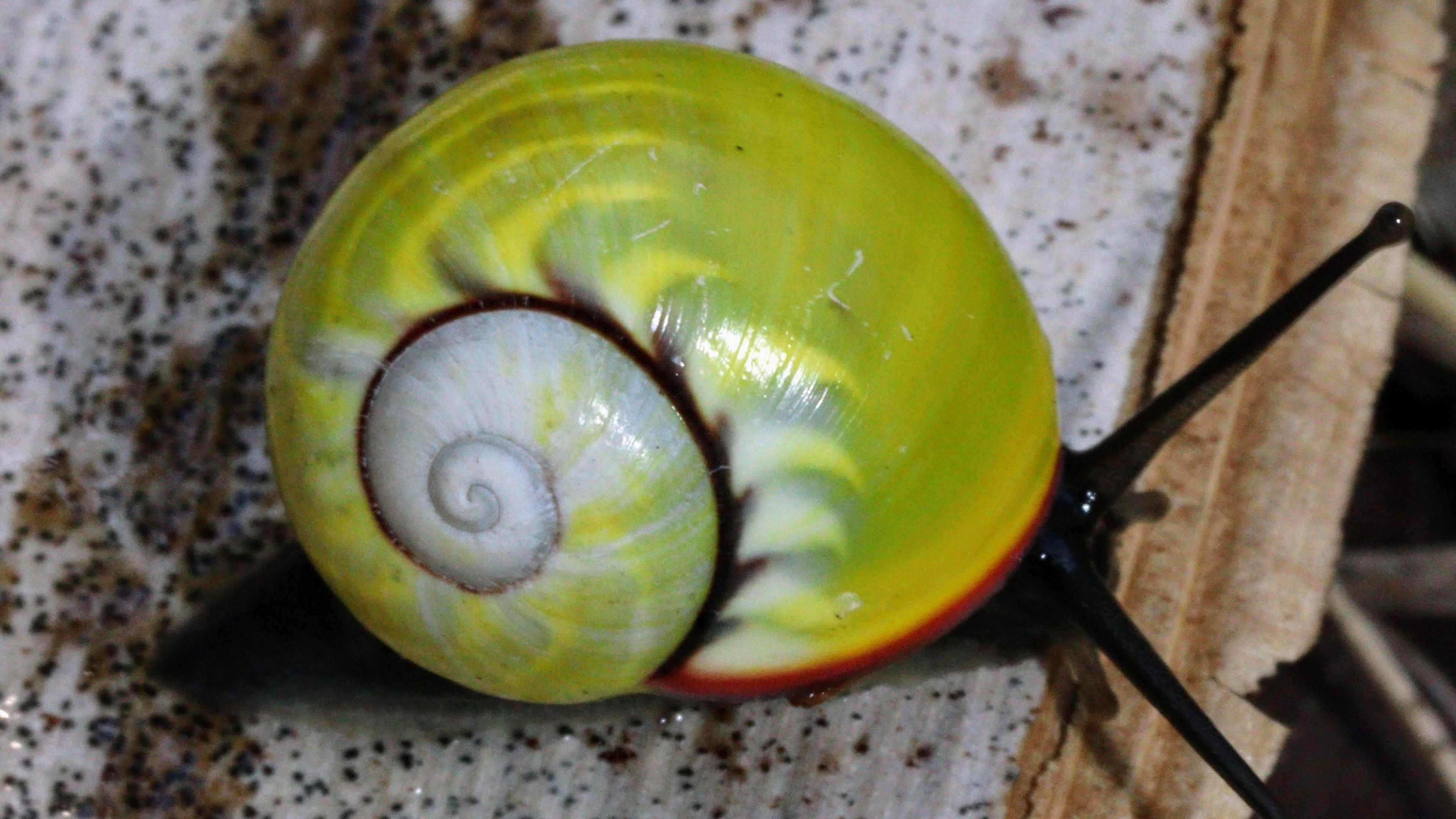
This data will be shared with conservationists in Cuba, Prof Davison added.
"Eastern Cuba is the the only place in the world where these snails are found.
"That's where the expertise is - where the people who know these snails, love them and understand them, live and work.
"We hope we can use the genetic information that we can bring to contribute to their conservation."
More stories about conservation
- Published25 March
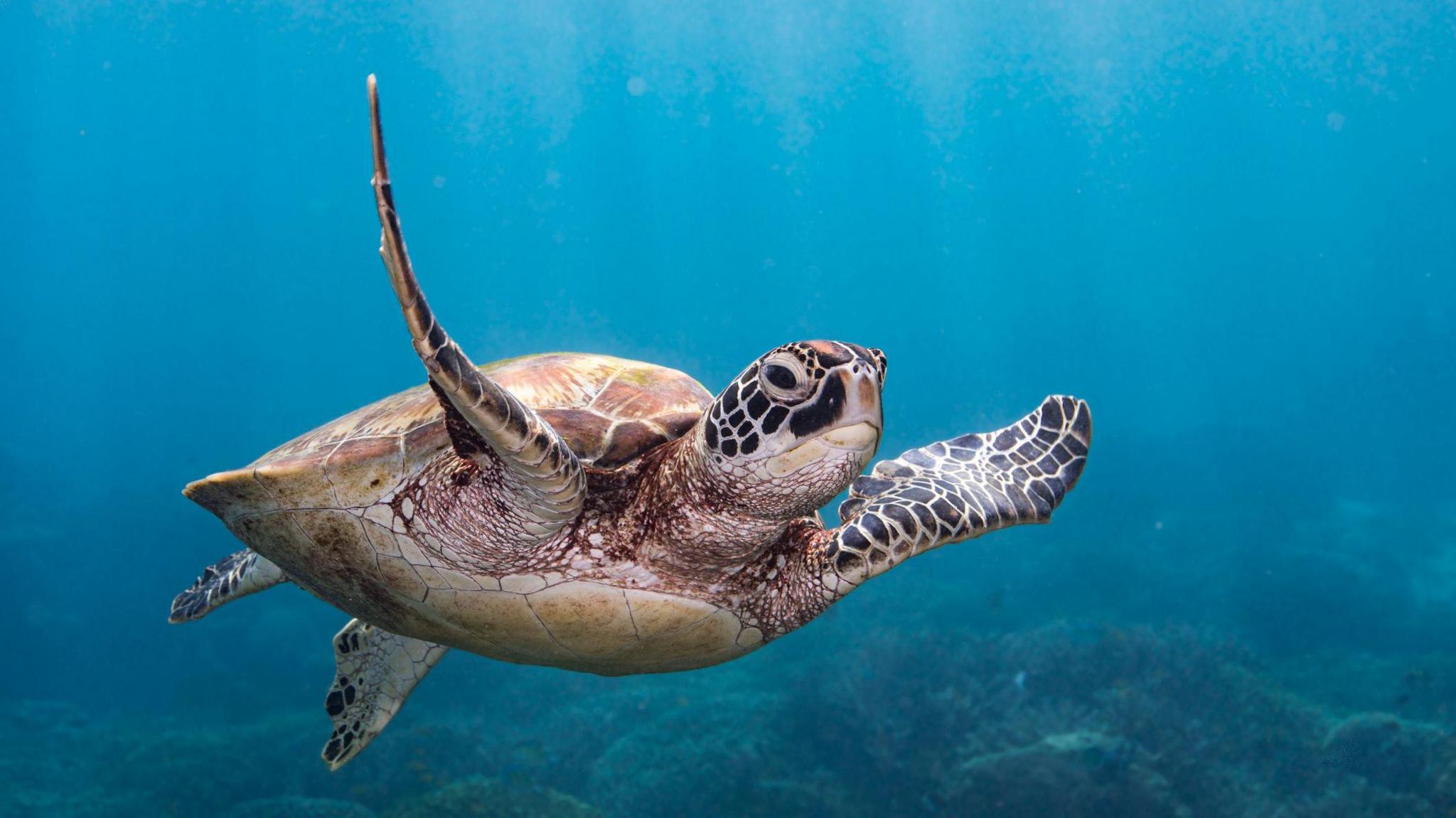
- Published15 May
